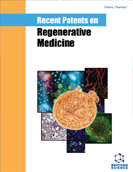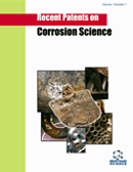Abstract
The sustainable development goals have provided a boost and economic appeal to recycling and reusing waste. Waste materials like plastic, industrial, and biomass can be exploited as a foundation to produce valuable products, including wonder materials like graphene. It is utilized in almost every field of life, from environmental sustainability to smart clothing. Waste material contains a variety of organic polymers which can be converted into graphene and its derivatives. It uses various methods like metal catalysis, laser ablation techniques, flash Joule heating, and pyrolysis. These methods may produce 3D, 2D, 1D, and 0D graphene. The obtained products have exclusive properties like thermal, optoelectronic, and electrical properties. The potential for removing and converting waste into the revolutionary material of the century opens possibilities for a sustainable and progressive yet less hazardous world for our future generations. Some approaches promise the fabrication of graphene and its spin-offs from biowaste like sugarcane bagasse, dog feces, and grass. Similarly, liquid phase exfoliation of graphene provides less hazardous and sustainable graphene production from materials without using toxic materials or burdening the earth with waste products. The carbon-negative approach proves an environmentally friendly alternative to prevalent waste-burning practices to dispose of such waste. The obtained graphene and related products have distinctive properties and tremendous applications at a fraction of the cost. The potential for removing and converting waste into the revolutionary material of the century opens possibilities for a sustainable and progressive yet less hazardous world for our future generations. This chapter reviews the efficient methods for synthesizing graphene from waste products and its various applications.






















